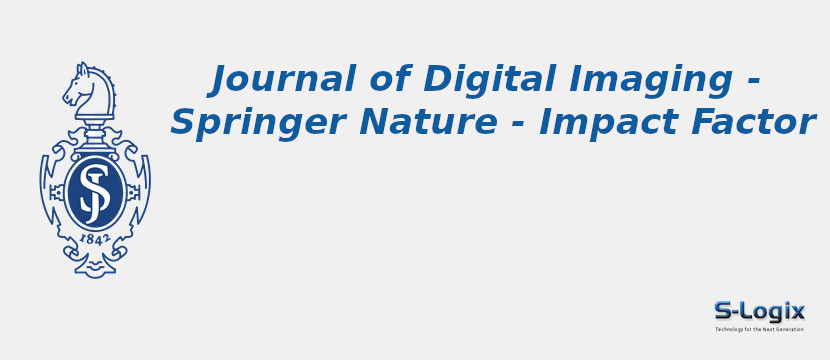Journal Home: Journal Homepage
Editor-in-Chief: Elizabeth Krupinski
Print ISSN: 08971889
Electronic ISSN: 1618727X
Abstracting and Indexing: Scopus, SCience Citation Index EXpanded
Imapct Factor 2024: 4.4
Subject Area and Category: Computer Science,Computer Science Applications,Health Professions,Radiological and Ultrasound Technology,Medicine,Radiology, Nuclear Medicine and Imaging
Publication Frequency:
H Index: 82
Q1:
Q2: Radiological and Ultrasound Technology
Q3:
Q4:
Cite Score: 8.5
SNIP: 1.267
Journal Rank(SJR): 0.734
Latest Articles: Latest Articles in Journal of Digital Imaging
Guidelines for Authors: Journal of Digital Imaging Author Guidelines
Paper Submissions: Paper Submissions in Journal of Digital Imaging
Publisher: Springer New York
Country: United States
